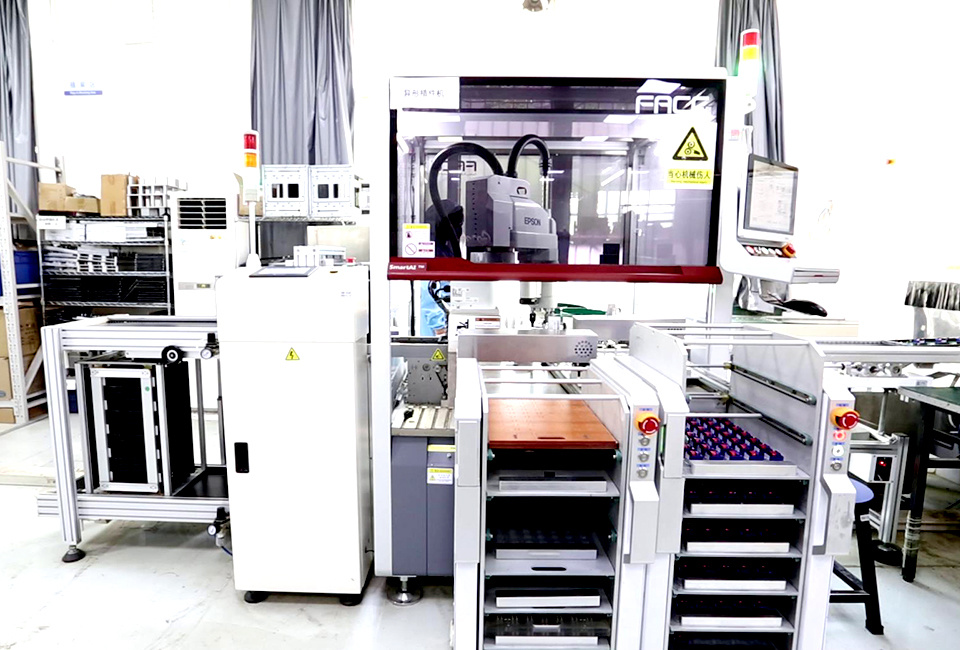Maximizing Efficiency: Integrating Ultrasonic Open Channel Flow Meters in Healthcare Settings
2025-06-19
Maximizing Efficiency: Integrating Ultrasonic Open Channel Flow Meters in Healthcare Settings
Table of Contents
- 1. Introduction to Ultrasonic Open Channel Flow Meters
- 2. Importance of Accurate Flow Measurement in Healthcare
- 3. Understanding Ultrasonic Technology
- 4. Applications of Ultrasonic Open Channel Flow Meters in Healthcare
- 5. Benefits of Integrating Ultrasonic Flow Meters
- 6. Selection Criteria for Ultrasonic Flow Meters
- 7. Best Practices for Implementation
- 8. Future Trends in Flow Measurement Technology
- 9. Frequently Asked Questions
- 10. Conclusion
1. Introduction to Ultrasonic Open Channel Flow Meters
In the ever-evolving landscape of healthcare, efficiency and precision are paramount. One innovative solution gaining traction is the **ultrasonic open channel flow meter**. These devices utilize sound waves to measure the flow rate of liquids, providing critical data that can enhance operational efficiency in healthcare facilities. As hospitals and clinics strive to optimize resources and improve patient care, understanding the integration of these advanced flow meters can lead the way to significant operational improvements.
2. Importance of Accurate Flow Measurement in Healthcare
Accurate flow measurement is essential in healthcare settings for several key reasons:
- **Patient Safety**: Ensuring the correct volume of fluids in IV lines, blood transfusions, and medication delivery is vital for patient safety.
- **Resource Management**: Efficient management of resources like water and medical gases can lead to significant cost savings and environmental benefits.
- **Regulatory Compliance**: Healthcare facilities must comply with stringent regulations regarding fluid management and waste disposal, necessitating precise flow measurements.
Incorporating advanced flow measurement solutions, such as ultrasonic open channel flow meters, addresses these critical areas effectively.
3. Understanding Ultrasonic Technology
Ultrasonic flow meters operate on the principle of **ultrasonic sound waves**. Here's how they work:
- **Sound Wave Emission**: The device emits ultrasonic waves into the fluid.
- **Time of Flight Measurement**: It measures the time it takes for the sound waves to travel upstream and downstream within the liquid.
- **Flow Rate Calculation**: By analyzing the difference in travel time, the meter calculates the flow rate accurately.
This technology offers several advantages, including non-invasive measurement and minimal maintenance requirements, making it an ideal choice for dynamic healthcare environments.
4. Applications of Ultrasonic Open Channel Flow Meters in Healthcare
The applications of ultrasonic open channel flow meters in healthcare settings are vast and varied:
- **Water Management**: Monitoring water usage in hospitals to optimize consumption and ensure compliance with environmental regulations.
- **IV Fluid Monitoring**: Ensuring accurate delivery rates of IV fluids to patients, enhancing treatment precision.
- **Wastewater Management**: Measuring wastewater flow in medical facilities to ensure proper disposal and treatment processes.
- **Cooling Systems**: Monitoring the flow of liquids in cooling systems that maintain optimal temperatures for medical equipment.
Each application highlights the versatility and importance of these devices in maintaining operational efficiency within healthcare facilities.
5. Benefits of Integrating Ultrasonic Flow Meters
Integrating ultrasonic open channel flow meters in healthcare settings provides numerous benefits:
- **Increased Accuracy**: The non-invasive nature of ultrasonic flow measurement allows for highly accurate and reliable readings.
- **Cost Savings**: Improved resource management translates to significant financial savings over time.
- **Enhanced Patient Care**: Accurate flow measurement ensures that patients receive the correct dosages and treatments.
- **Real-Time Monitoring**: Many ultrasonic flow meters offer real-time data, enabling healthcare professionals to make informed decisions quickly.
By embracing this technology, healthcare facilities can achieve higher efficiency and better patient outcomes.
6. Selection Criteria for Ultrasonic Flow Meters
When selecting an ultrasonic open channel flow meter for healthcare applications, consider the following criteria:
- **Flow Range**: Ensure the meter can accurately measure the expected flow rates in your facility.
- **Pipe Size Compatibility**: The flow meter should be compatible with the existing piping system.
- **Accuracy and Precision**: Look for meters with high accuracy ratings to ensure reliable data.
- **Installation Requirements**: Consider the ease of installation and whether it requires extensive modifications to existing systems.
- **Durability and Maintenance**: Opt for devices with low maintenance needs and high durability to withstand the healthcare environment.
Understanding these criteria can help healthcare providers make informed decisions when integrating flow measurement technology.
7. Best Practices for Implementation
To maximize the effectiveness of ultrasonic open channel flow meters in healthcare settings, follow these best practices:
- **Conduct a Needs Assessment**: Evaluate the specific flow measurement needs of your facility to determine the best applications for ultrasonic meters.
- **Engage Stakeholders**: Involve relevant personnel in the decision-making process to ensure that the selected technology aligns with operational goals.
- **Train Staff**: Provide comprehensive training for staff to ensure proper operation and maintenance of the flow meters.
- **Regular Calibration**: Schedule regular calibration and maintenance to ensure ongoing accuracy and reliability.
Implementing these practices will help healthcare facilities achieve optimal efficiency and functionality in their flow measurement processes.
8. Future Trends in Flow Measurement Technology
As technology continues to advance, the future of flow measurement in healthcare settings looks promising. Some emerging trends include:
- **Integration with IoT**: The Internet of Things (IoT) is set to revolutionize flow measurement by enabling real-time data sharing and analytics, allowing for predictive maintenance and improved operational decision-making.
- **Smart Metering**: Development of smart ultrasonic meters that can self-diagnose and communicate with other healthcare systems for enhanced monitoring and management.
- **Data Analytics**: Increasing focus on data analytics capabilities to derive actionable insights from flow measurement data, improving efficiency and patient care.
These trends signify a shift toward more interconnected and intelligent flow measurement solutions in healthcare.
9. Frequently Asked Questions
What are ultrasonic open channel flow meters?
Ultrasonic open channel flow meters are devices that use ultrasonic sound waves to measure the flow rate of liquids in open channels, providing accurate and reliable data for various applications in healthcare settings.
How do ultrasonic flow meters work?
These meters emit ultrasonic waves into the fluid and measure the time it takes for the waves to travel upstream and downstream, calculating the flow rate based on the differences in travel time.
What are the benefits of using ultrasonic flow meters in healthcare?
Benefits include increased accuracy, cost savings, enhanced patient care, and the ability to monitor flow rates in real time.
How do I choose the right ultrasonic flow meter?
Consider factors such as flow range, compatibility with existing systems, accuracy, installation requirements, and durability when selecting a flow meter for your healthcare facility.
What are some best practices for implementing ultrasonic flow meters?
Conduct a needs assessment, engage stakeholders, train staff, and schedule regular calibration to maximize the effectiveness of flow meters in your healthcare setting.
10. Conclusion
Integrating **ultrasonic open channel flow meters** in healthcare settings offers a transformative approach to enhancing operational efficiency and improving patient care. By leveraging accurate flow measurement technology, healthcare facilities can optimize resource management, ensure compliance with regulations, and provide better treatment outcomes. As the industry moves toward adopting smart technologies, understanding the applications, benefits, and best practices of these devices will become increasingly vital. Embracing this innovative solution not only addresses current challenges but also paves the way for a more efficient and effective healthcare system in the future.
Ultrasonic Open Channel Flow Meter
RELATED NEWS
Maximizing Efficiency: Integrating Ultrasonic Open Channel Flow Meters in Healthcare Settings
2025-06-19
2025-06-12
The Impact of Online Turbidity Analysis on Water Safety Measures
2025-06-05





